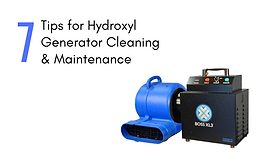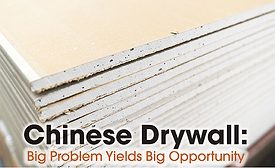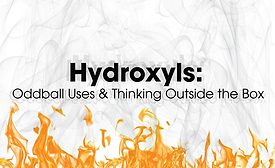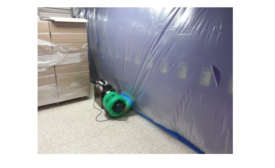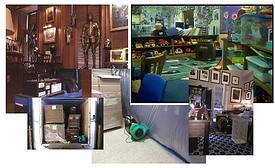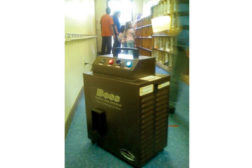Articles by Tom McArdle
Hydroxyl Generators: The New Tool for Deodorization
Hydroxyl free radical chemistry is very different from ozone chemistry
Read More
Get our new eMagazine delivered to your inbox every month.
Stay in the know on the latest disaster restoration and remediation trends.
SUBSCRIBE TODAY!Copyright ©2022. All Rights Reserved BNP Media.
Design, CMS, Hosting & Web Development :: ePublishing
